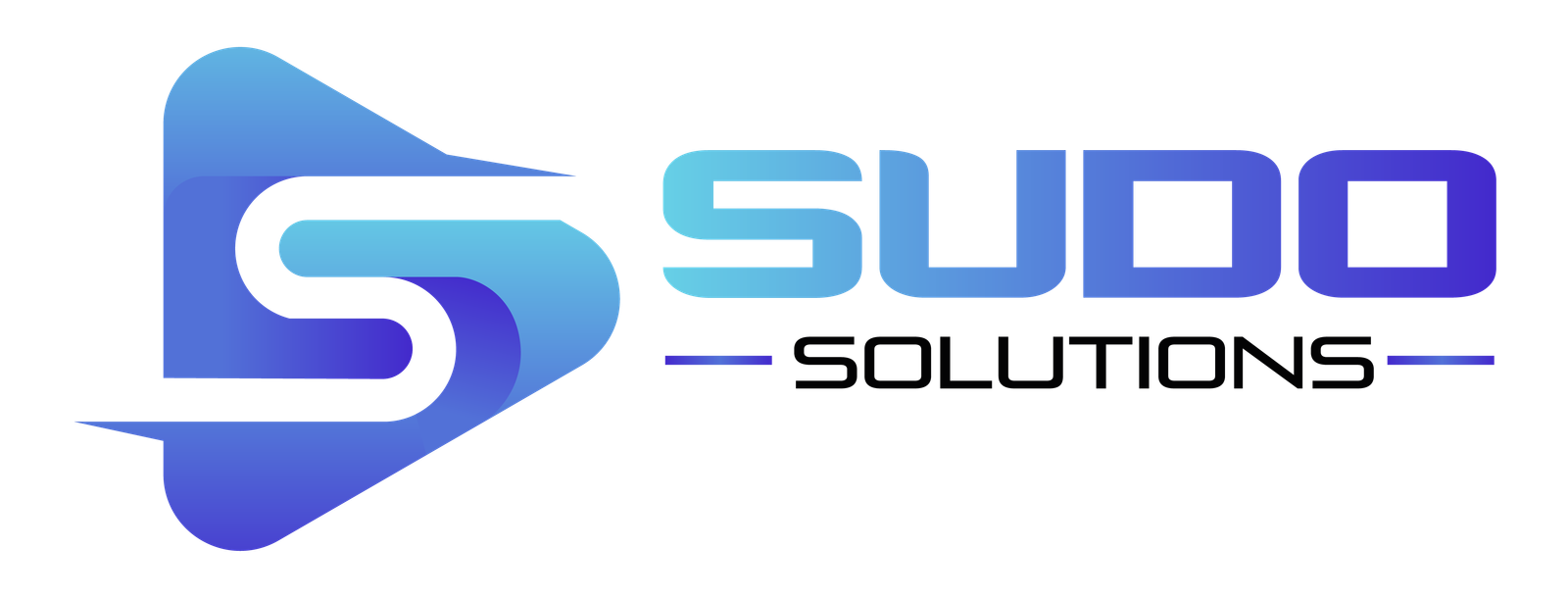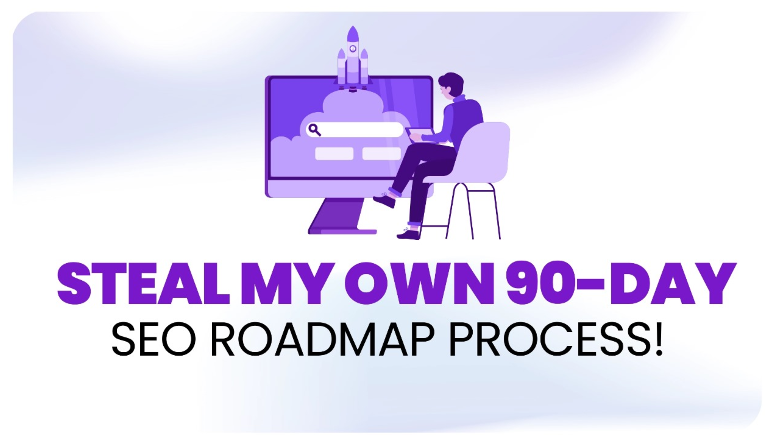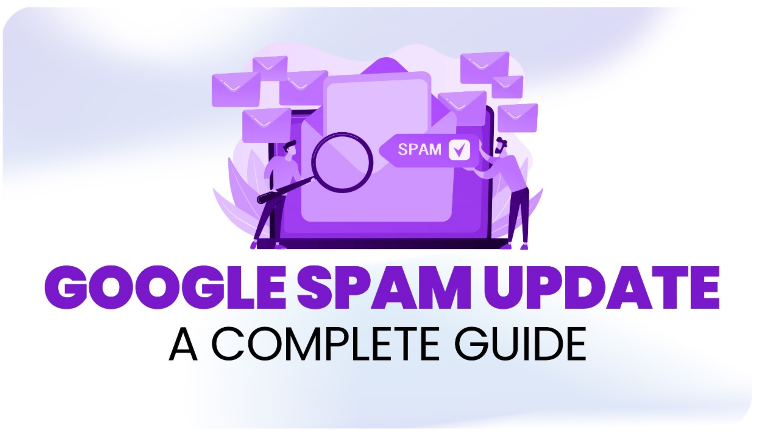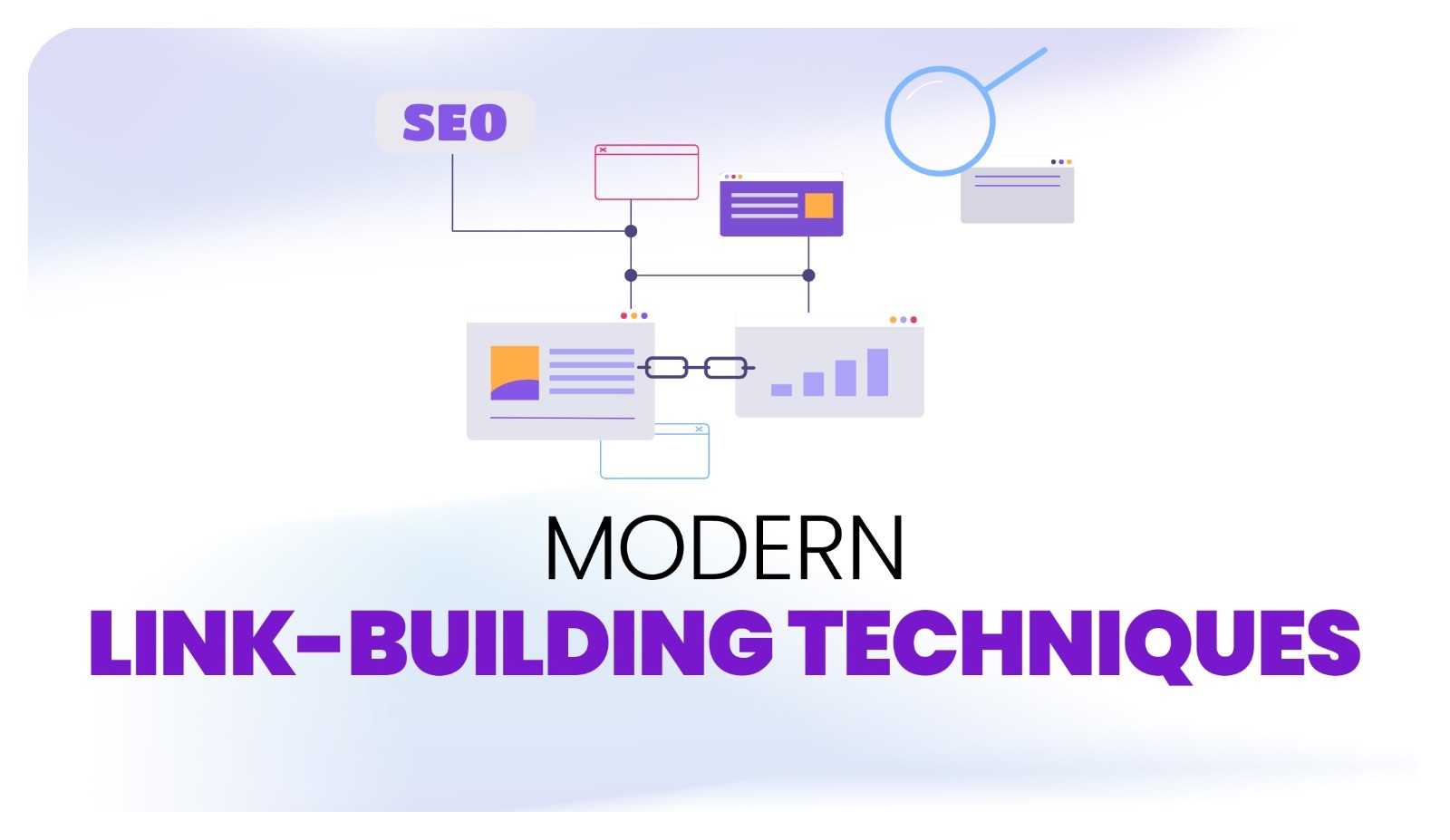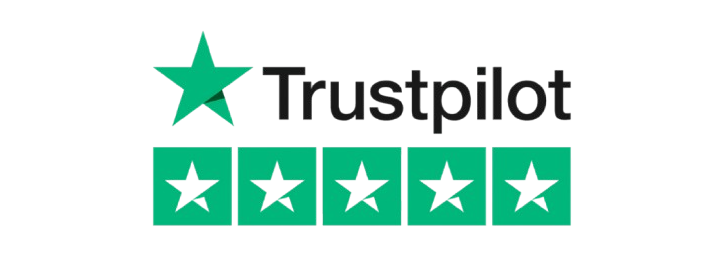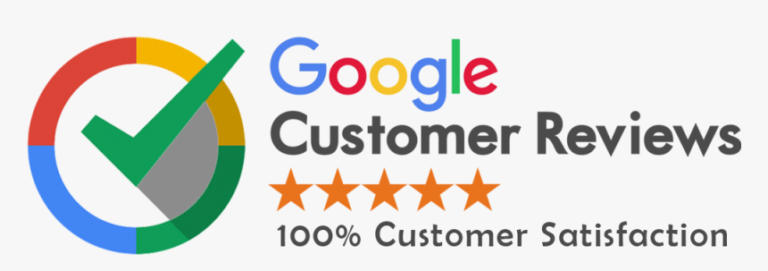What is PPC in Digital Marketing?
PPC is a form of web marketing where an advertising message is displayed based on the customer clicking on it and even then the advertiser pays per click. In contrast to other forms of generating traffic like SEO, with PPC, firms can ‘purchase’ the traffic to their websites. This is because it is one of the key elements of the digital marketing approaches and since it gets to the targeted audiences in the shortest time possible.
How Does PPC Work?
PPC mainly works through the use of search engine platforms for example Google Adwords, Bing ads, and social media platforms such as Facebook advertising. The operational structure of PPC advertising is in the form of bidding for specific keywords that are related to a particular business. These keywords may also make the PPC ad pop up in the sponsored link section of search results or feeds on social media.
Key steps in how PPC works:
- Advertiser Chooses Keywords: Advertisers choose keywords, which will bring people with the interests of the potential buyers.
- Bid Placement: There is a maximum bid – the most amount of money the advertiser is willing to spend for a single click through the ad.
- Ad Auction: Each time a search is made the specific ads to be displayed depend on a bid and quality score every time an auction is conducted.
- Ad Display: If the ad emerges victorious within this auction, it is placed either at the top of the Search Engine Results Page or presented within the user Feed.
- Payment Upon Click: The advertisers, only pay when people click on the link ad, which is why it is called the Pay-Per-Click system.
Types of PPC Ads
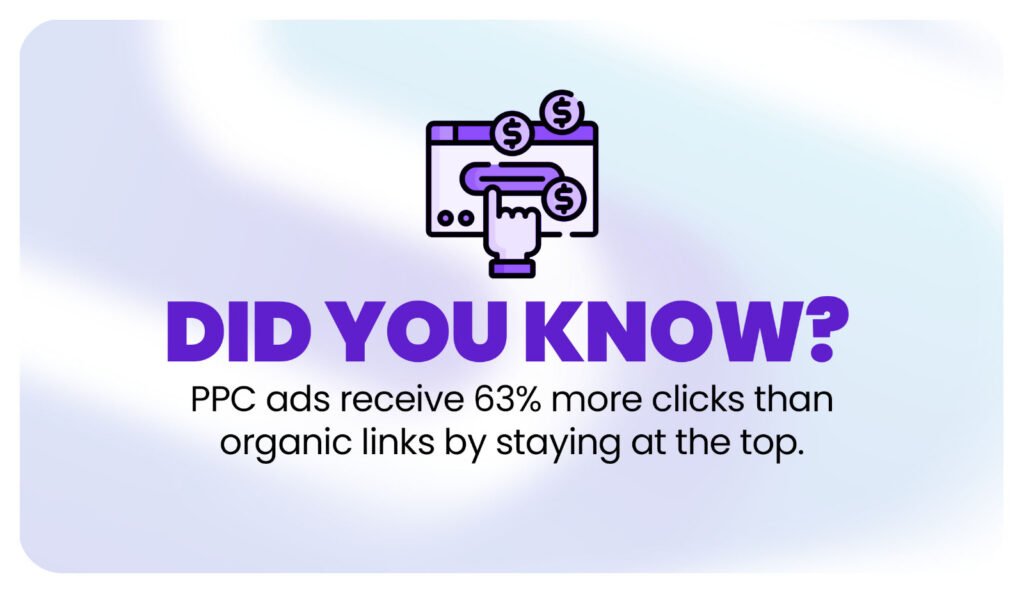
PPC has developed into many types, which enables companies to create different engagements for diverse groups of customers. The major PPC ad types include:
- Search Ads: These are the most typical PPC ads, appearing on top or at the bottom of SERPs, and are the original kind of paid search.
- Display Ads: These are website banners that appear on GDN partner websites and appeal to users’ aesthetic sensibilities.
- Social Media Ads: These include Facebook, Instagram, and LinkedIn as popular PPC advertising platforms.
- Shopping Ads: Google Shopping Ads display product images and prices right on top of the search engine for e-commerce companies and go directly to the specific product page.
- Video Ads: Social platforms like YouTube enable video-based PPC advertising where the advertiser only pays when the user clicks or watches the video.
Why PPC is Crucial in 2025
Instant Visibility
As anyone who has invested in a website, visibility on social media and other platforms requires more than waiting around hoping for the wonders of SEO. Using PPC, it is easier for companies to get an instant result of their advertising efforts. Companies are able to post bids to the most appropriate keywords & thus their websites appear on the top search in minutes, gaining targeted traffic.
Targeted Audience
PPC also offers extremely superior targeting tools, so clients can be sure the ad is targeting the right people. Based on age, location, interests, and even the kind of device used, the business can center its ads on the most likely customer. By 2025, prospects in AI for platforms like Google Ads will improve the precision of targeting because of a more accurate way to identify the user’s intent.
Budget Flexibility
PPC is exceptionally beneficial for any business, no matter its size because it provides complete control over the ad budget. This feature enables a business to adjust bid amounts based on financial goals or reduce budgets during financial constraints. Also, as automation increases within the PPC method, smart bidding, and Responsive Ads can help the advertisers to make necessary changes without required input, which is more cost-efficient.
Measurable ROI
The last major benefit of PPC advertising is its measurability. The primary advantage of increasing one’s visibility is that it can be easily quantified. Every metric—clicks, impressions, conversions, and costs—can be tracked. The use of advanced analytics will enable businesses to gain deeper insights into campaign performance. For example, Google Ads provides detailed information about search terms, target audience demographics, and conversion statistics, which businesses can use to optimize their campaigns for maximum benefit.
Trends in PPC for 2025
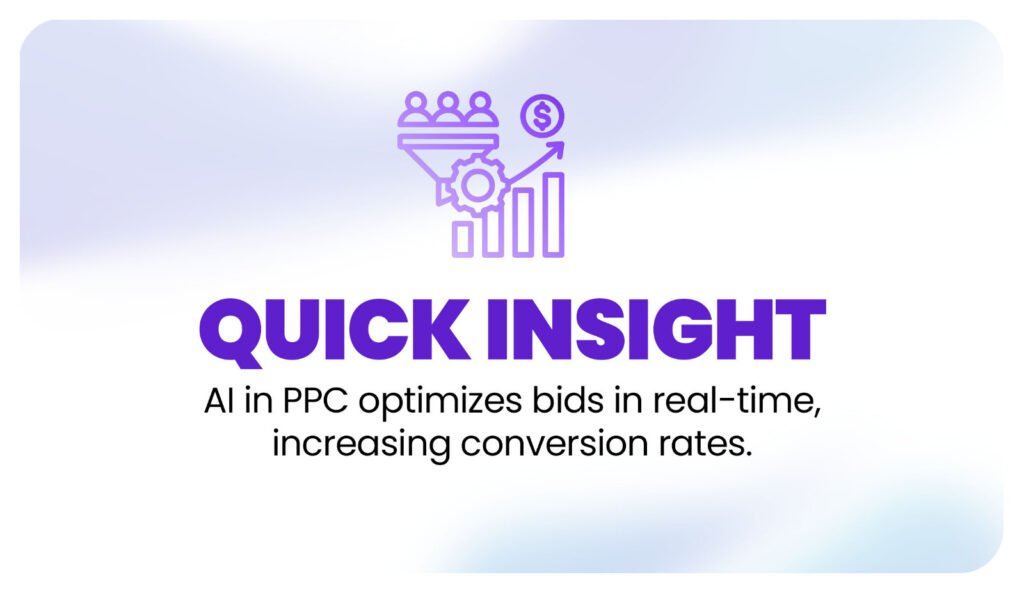
AI and Machine Learning
Automated PPC is rapidly becoming a new paradigm due to advances in artificial intelligence. Google Ads’ smart bidding strategies adjust bids for each auction by using machine learning to increase the potential for conversion while decreasing costs. Ads in the search network that reflect relevant headlines and descriptions have recently been gaining currency since using AI to put together various headlines and descriptions enables the advertiser to reach out to more people.
Voice Search Optimization
With the increasing integration of voice-activated devices, PPC campaigns should be adapted for voice search queries. Keywords are increasingly being tailored to match natural, spoken language—the way people speak when asking questions out loud. Marketers must ensure their PPC strategies are optimized for long-tail, voice-related keywords.
Privacy and Cookie-Less Tracking
In today’s world, there is a growing concern regarding the privacy of consumers and as a result, third-party cookies are going away, yet; Various PPC platforms are well on their way to the world of cookie-less tracking. First-party data is considered critical for targeting in 2025. This change poses the need for advertisers to actively engage their target audience and flank their PPC campaigns with data from owned media properties such as lists of email subscribers and customer relationship management systems.
Video Ads and Shoppable Content
The sheer volume of videos on YouTube, and TikTok, among others has made it inevitable for companies to incorporate PPC videos. Posted directly through videos, shoppable ads enhance engagement and drive higher returns. Increased utilization of IoT devices is expected to adjust in the year 2025.
Integration with Other Marketing Channels
While PPC does not exist in a vacuum anymore. Methods of integrating PPC with other forms of digital marketing including; email marketing, social media, and SEO can improve PPC campaign results. For instance, retargeting PPC with data from email lists enables business owners to target users who already have previous engagement with a brand.
Best Practices for Running a Successful PPC Campaign in 2025
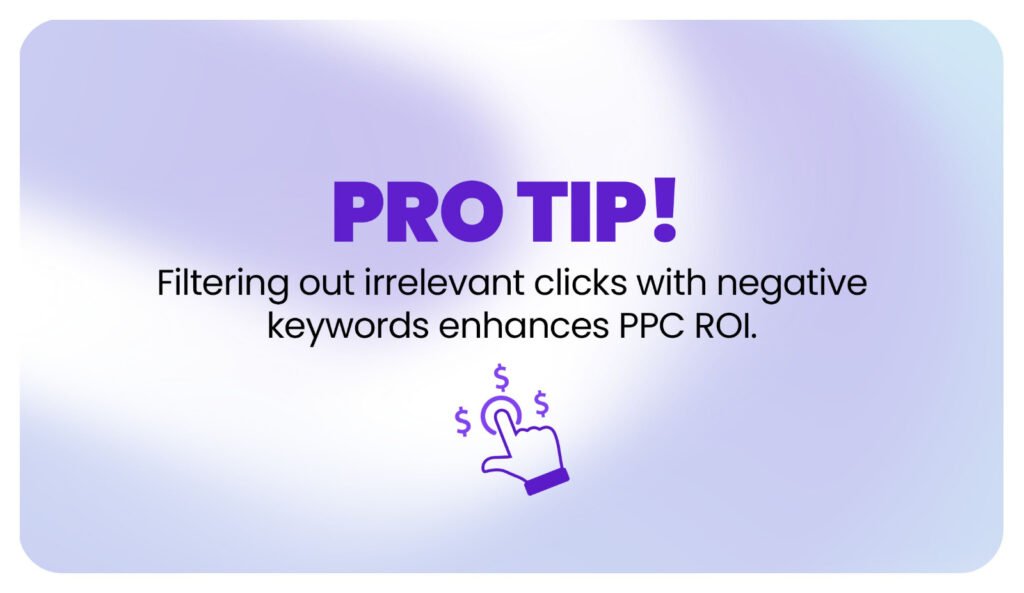
- Focus on Quality Score: Another important metric is Google’s Quality Score, which reflects the match between keywords, landing pages, and ads and affects one’s ad rank and cost per click. As the Quality Score increases, the cost goes down, and the ad placements increase.
- Ad Copy Testing: A/B testing also guarantees that the ad copy is capturing the best-performing message to the audience. The headlines and descriptions should also be relevant to the user’s intent as should the content of the links.
- Utilize Negative Keywords: Negative keywords are included in your campaigns to ensure your advertisements do not display when people search for unrelated terms that could cost more and increase the CTR.
- Leverage Automation: The rules built into the system and smart bidding strategies can maintain and enhance the campaign without the need for constant human intervention. Automation also aids in reducing the workload whilst at the same time increasing efficiency by many folds.
- Optimize Landing Pages: This means that, just like PPC ads, landing pages are only as good as the websites that they take people to. Making the page load quickly, having clear calls to action, and making it responsive is a must when trying to convert traffic to customers.
Conclusion
Even today, PPC can be considered one of the essential tools of the digital marketer’s kit. Instant visibility, pinpoint accuracy in choosing the target audience, and complete control over the budget make a business’s online experience a whole lot better. In the year 2025, some of the trends such as artificial intelligence, voice recognition, and video advertisement are making PPC more efficient and flexible. However, businesses must stay aligned with these trends by continuously optimizing their marketing campaigns for maximum performance.
